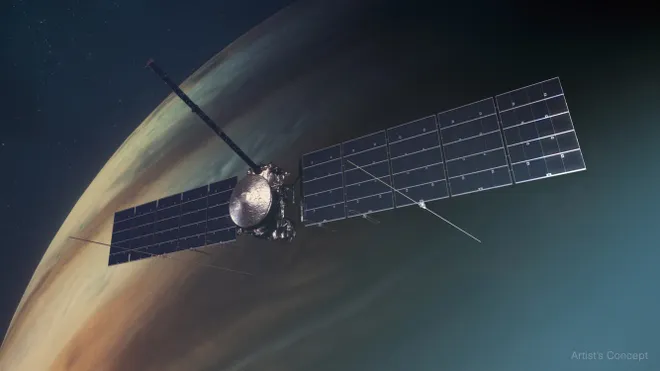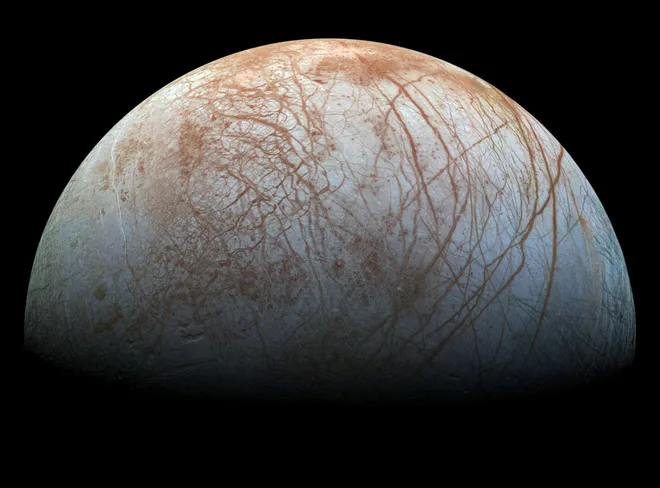Europa Clipper prepared to launch to Jupiter moon to search for life: How to watch
A NASA spacecraft is about to commence a six-year journey to the Jupiter moon of Europa to undertake the historic task of searching the icy ocean world for signs that it could sustain life.
Years in the works, the launch of the Europa Clipper was initially on track for Thursday, Oct. 10 from Florida's Space Coast before Hurricane Milton barreled through the state. While the storm, which made landfall at Category 3 strength and left at least 17 people dead, didn't directly hit eastern Florida where the Kennedy Space Center is located, it still brought heavy rain and high winds to the region.
Ahead of Milton, NASA made the call to delay the Clipper launch as teams secured the spacecraft in a hangar at Launch Complex 39A before it had been integrated with a SpaceX Falcon Heavy rocket. Once the storm plowed into the Atlantic, teams returned to the spaceport to continue preparations and reschedule the launch.
Here's how to watch the Europa Clipper takeoff.

When will NASA launch Europa Clipper?What to know about long-awaited mission to Jupiter's moon
When will the Europa Clipper launch?
The Europa Clipper could takeoff as early as 12:06 p.m. EDT Monday following a launch readiness review.
If for some reason the launch must be delayed again, NASA and SpaceX have indicated the launch window is open until Nov. 6.
The launch will take place from Launch Complex 39A at NASA’s Kennedy Space Center in Cape Canaveral, Florida.
Once it launches, ahead of the Clipper is a 1.8 billion-mile journey to Europa on a trajectory taking it past Mars and then Earth, using the planets’ gravity as a slingshot to add speed for the trek. After journeying for more than five years, the Europa Clipper will fire its engines to enter Jupiter's orbit in April 2030.
Watch a livestream
NASA to provide coverage of Europa Clipper launch
NASA will provide live coverage of prelaunch and launch activities on its website and on NASA+ beginning at 11 a.m. Monday..
Follow along with coverage from FLORIDAY TODAY, part of the USA TODAY Network, at www.floridatoday.com/space.
What is NASA's Europa Clipper mission?

NASA has been planning for years to send the Europa Clipper spacecraft to Jupiter's fourth largest moon of the same name.
Because Europa conceals a vast ocean beneath its icy surface, scientists believe the celestial body presents one of the best opportunities to understand how life could exist beyond Earth. Scientists have long theorized that the icy crust above the ocean conceals evidence of organic compounds and energy sources that could potentially allow lifeforms to thrive.

With its massive solar arrays and radar antennas, the Clipper is the largest spacecraft NASA has ever developed for a planetary mission. When the uncrewed orbiter reaches the moon by 2030, it will begin the historic task of mapping and scanning above and beneath Europa's surface during nearly 50 flybys to determine whether the celestial body is indeed habitable, as scientists have long suspected.
Eric Lagatta covers breaking and trending news for USA TODAY. Reach him at elagatta@gannett.com
Disclaimer: The copyright of this article belongs to the original author. Reposting this article is solely for the purpose of information dissemination and does not constitute any investment advice. If there is any infringement, please contact us immediately. We will make corrections or deletions as necessary. Thank you.





